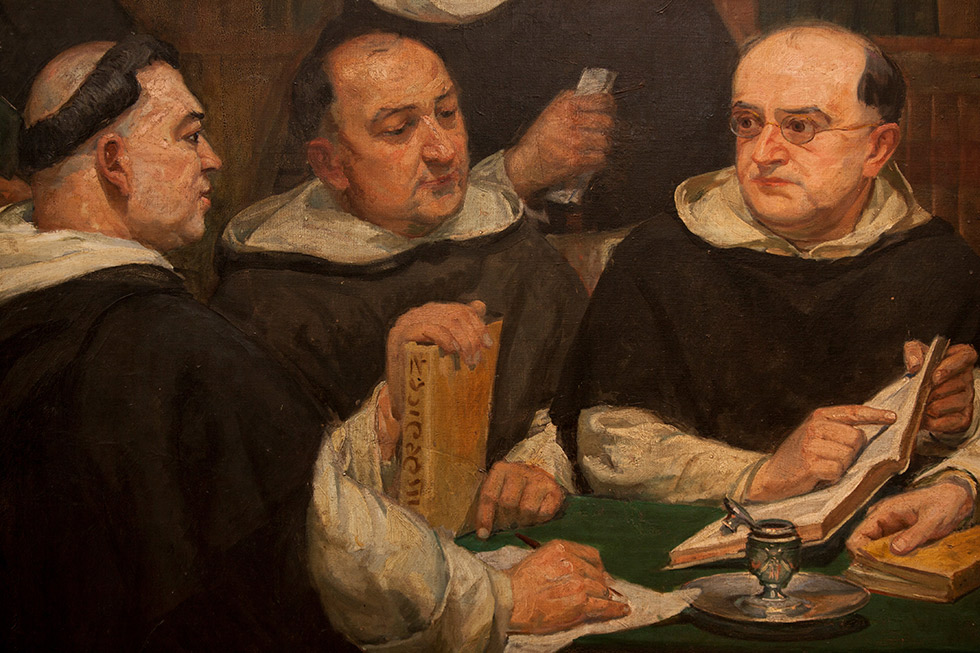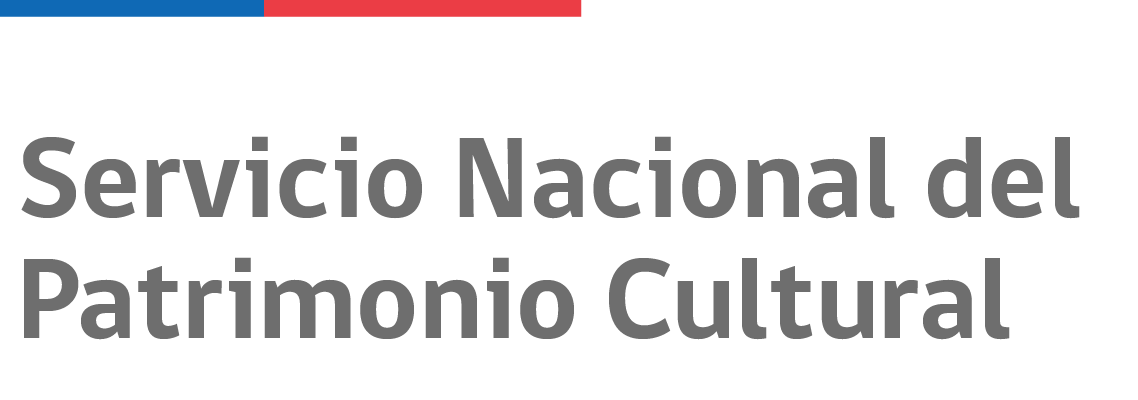
Services:
- Guided visits
- Public transport
Opening times:
Admission:
About the institution

The Museum holds four paintings from the 48-painting Dominican Saints Series.
The Dominico Historical Museum illustrates the daily life, customs and rituals of the Dominican monks who once inhabited the monastery where the Museum is now located. Although restored after central Chile's 1985 earthquake, it retains the main architectural features of the monastery, which was built in the late 1880s.
The Museum was created after an agreement in 1998 under which the Dominican Order of Chile transferred the monastery - now also home to the Museum of Decorative Arts and the Recoleta Dominica Heritage Library - to the state. The Museum has adopted the Dominican motto of contemplata allis tradere (to hand down to others the fruit of contemplation).
Located on the monastery's main Los Padres (The Fathers) courtyard, the Museum includes a recreation of a monk's cell. It also seeks to reflect the Order's important educational and religious legacy.
Inside the Museum
The Museum's collection corresponds to objects that belonged to the monks. Key items include:
- Quito School paintings. The Museum holds four paintings from the 48-painting Dominican Saints Series (others are in other Dominican monasteries and the chapel of the La Moneda presidential palace). The four large-format oil paintings are of Portuguese friar Gonçalo de Amarante, Italian prioress Agnes of Montepulciano, Polish friar Saint Hyacinth and Pope Pius V, all of whom were members of the Dominican Order. They were painted in Quito, Ecuador, between 1837 and 1841.
- Liturgical robes. These include black liturgical robes used by the Dominican monks for ceremonies such as funerals and requiem masses as well as robes embroidered with flowers used for celebrations related to the Virgin such as the Annunciation, Assumption and Immaculate Conception as well as in the days before Christmas.
Other items in the Museum's collections include religious polychrome woodcarvings and church music scores from the eighteenth and nineteenth centuries.

